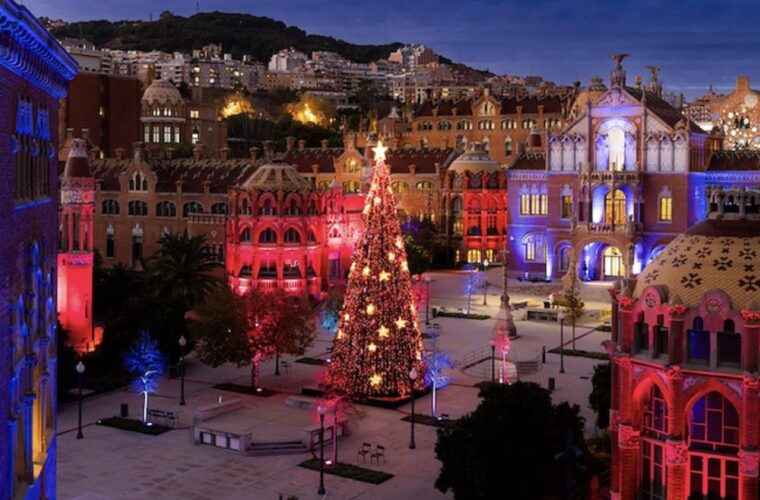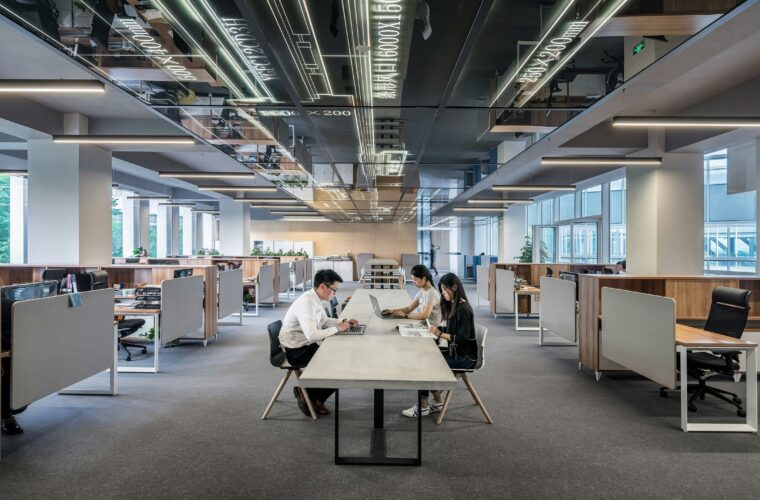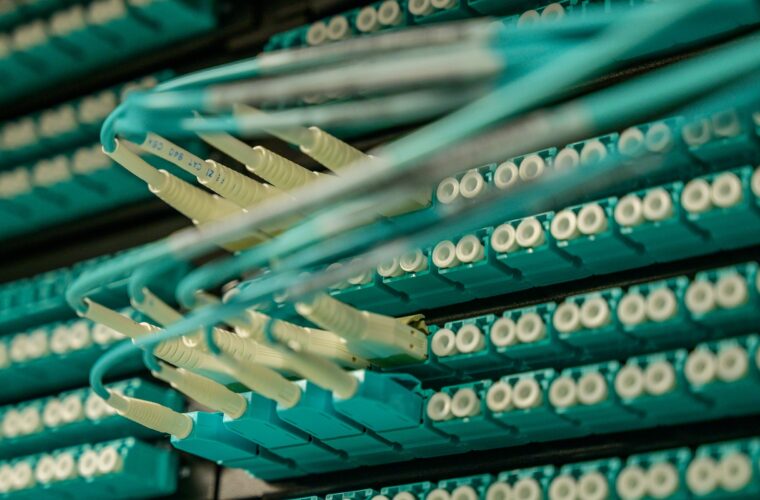In the old Roman-founded city of Barcelona, Shenzhen, a relatively new city, has been hailed as the Smart City of 2024, topping 429 cities from 64 countries. This month’s Smart City Expo World Congress, hosted by Fira de Barcelona, has awarded Shenzhen’s cutting-edge achievements in urban transformation, sustainability, and digital innovation, which have propelled it to the top of global smart city rankings and made it an example for other growing cities across emerging nations.
Shenzhen’s journey from a modest fishing community of under 10,000 citizens (in 1950) to an international tech hub has been possible through careful urban planning and an aggressive digitalization strategy. The city now serves its 17.66 million residents with efficient, tech-enhanced, citizen-centric public services.
Shenzhen smart city features
The Chinese city is considered the drone capital of the world. According to the city’s transport bureau, more than 600,000 multirotor operations were recorded in 2023. The city is known for displaying images in the sky during the yearly National Day, with 10,197 drones being used last year. Other major projects occur in transportation, resource management, and public services. Shenzhen’s Smart City framework uses advanced AI and Internet of Things (IoT) technology, making it possible to create a fully 5G-enabled metro system, for example.
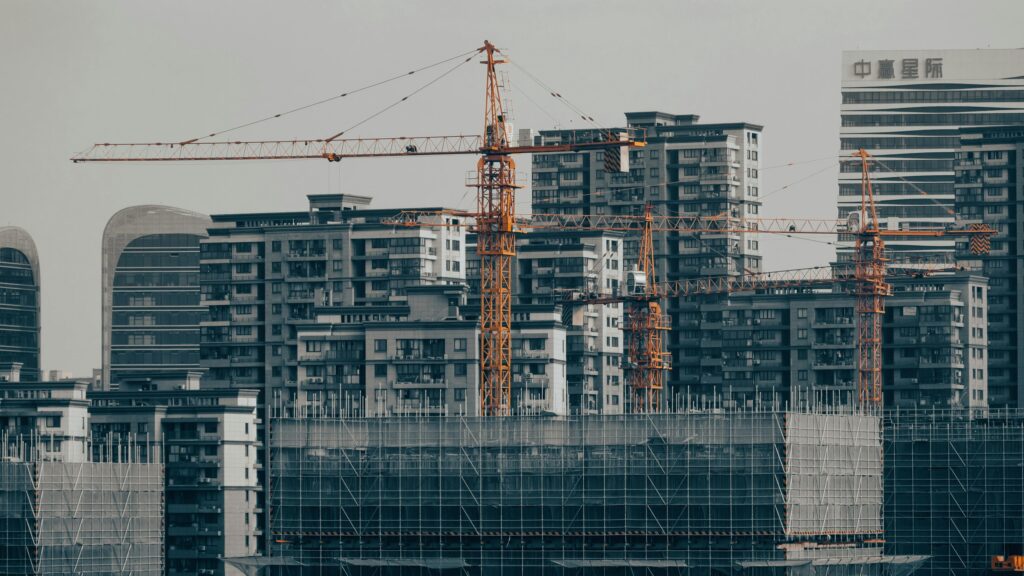

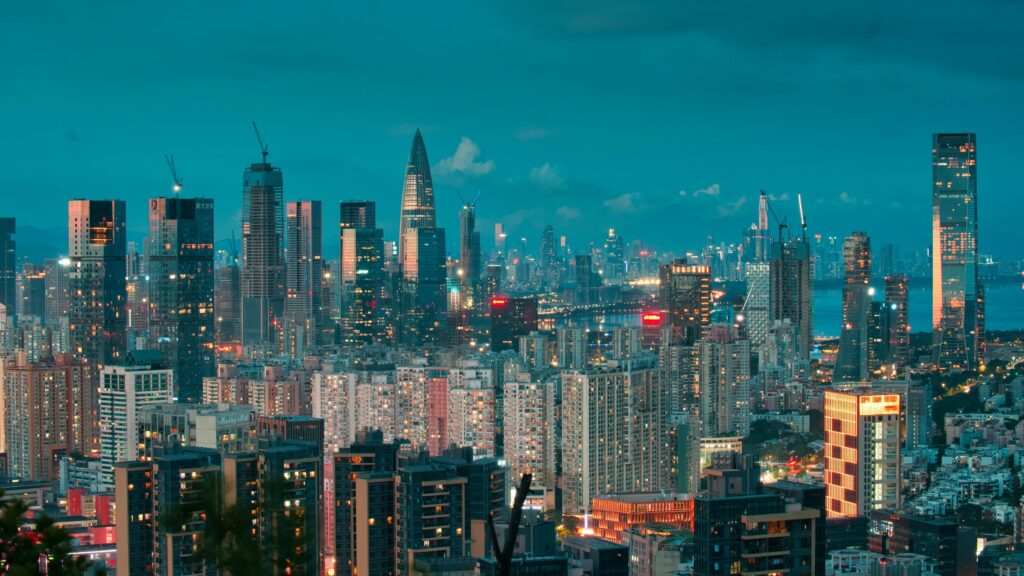
Furthermore, using Shenzhen’s smart infrastructure and its smart water framework, which includes one command and decision-making center, four smart platforms (smart government, smart dispatch, smart management, and smart service), and multiple application modules, the water bureau can gather comprehensive data and integrate all water systems, enabling efficient and intelligent monitoring and management of water services. Moreover, the city’s urban planning strategy incorporates 3D printing and digital mapping technologies to optimize land use and design. The integration of smart infrastructure enables the rapid development of green buildings, energy-efficient public spaces, and well-connected districts that reduce environmental impact while enhancing the quality of life for residents.
Shenzhen is also home to cutting-edge companies such as Huawei. Just this week, the company unveiled a three-way foldable phone as it tries to widen its lead over Apple in the world’s biggest smartphone market.
Harnessing AI to tackle disaster response
Reflecting on recent severe flooding in Spain, the expo also emphasized technologies for climate resilience and disaster preparedness. Exhibitors showcased a range of tools, including an AI-enhanced flood prevention system by Axis Communications. The company’s system uses AI-powered cameras to monitor extreme weather events.
Another standout presentation was the Software Republique consortium’s “pop-up” electric vehicle, which can convert into a mobile medical centre. Equipped with an AI-driven virtual nurse, this vehicle assists in locating nearby doctors, facilitating telemedicine consultations, and even checking patient data on the go.
How to tell if you are living in a Smart City?
“How do you know if you’re living in a good city? How do you know if you’re living in a smart city? The answer is simple. If you feel sustainable happiness in the city, chances are you are,” highlighted Takehiko Nagumo from the Smart City Institute Japan in Barcelona.

